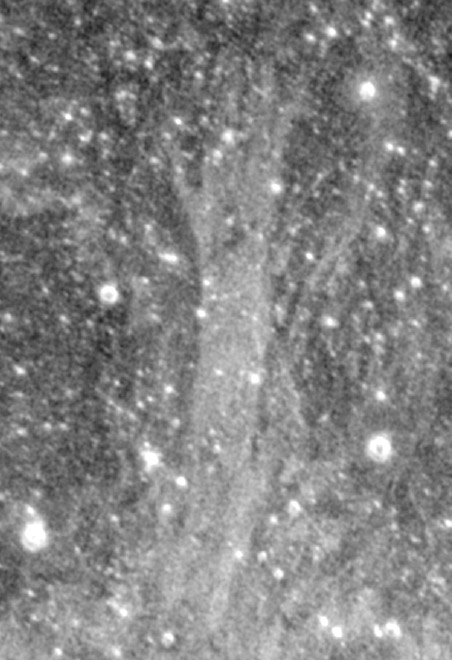|
|
| (2 intermediate revisions by the same user not shown) |
| Line 1: |
Line 1: |
| | __NOTOC__ | | __NOTOC__ |
| | =Uncovering Lava Flows= | | =Uncovering Lava Flows= |
| | + | <!-- Start of content --> |
| | <!-- ws:start:WikiTextHeadingRule:1:<h1> --> | | <!-- ws:start:WikiTextHeadingRule:1:<h1> --> |
| | <table class="wiki_table"> | | <table class="wiki_table"> |
| Line 15: |
Line 16: |
| | </table> | | </table> |
| | <br /> | | <br /> |
| | + | <p><b>Yesterday's LPOD:</b> [[March 2, 2010|More Than a Bucket Full]] </p> |
| | + | <p><b>Tomorrow's LPOD:</b> [[March 4, 2010|The Most Magnificent Flow On the Moon]] </p> |
| | <hr /> | | <hr /> |
| − | <div>You can support LPOD when you buy any book from Amazon thru [http://www.lpod.org/?page_id=591 LPOD!]<br /> | + | <table class="wiki_table"> |
| − | </div> | + | <tr> |
| − | ---- | + | <td> <!-- RemoveRevolverMaps --> |
| − | ===COMMENTS?===
| + | <!-- RemoveRevolverMaps --> |
| − | Register, and click on the <b>Discussion</b> tab at the top of the page.
| + | </td> |
| | + | <!-- End of content --> |
| | + | {{wiki/ArticleFooter}} |
Latest revision as of 20:48, 8 February 2015
Uncovering Lava Flows

|
image from Bruce Campbell, B. Ray Hawke and Don Campbell
The maria are giant piles of lava flows, presumably created by the overlapping and piling upon one another of millions of discrete lava flows. And yet, other than in Imbrium, we see little evidence for individual lava flows. The reason may be that the edges of flows have been worn away by small scale impact cratering over the last 2-3 billion years, when most maria were emplaced. At the 41st Lunar and Planetary Science Conference, Bruce Campbell and colleagues demonstrated that radar imaging from Earth can look through the regolith covering central Mare Serenitatis to detect a large lava flow. The Arecibo radio telescope in Puerto Rico was used to transmit 70-cm wavelength energy pulses to the Moon and the reflected signals were received with the Green Bank radio telescope in West Virginia. Improved technology allows a resolution of 200 m. The image covers an area in Serenitatis that is 120 km wide, so the flow is 15 to 20 km wide and about 160 km long. The northern end of the flow breaks up into four or more lobes, suggesting that the flow direction was to the north. The fact that the flow is brighter than the nearby maria means that it has a rougher surface, perhaps made of slabs and blocks of lava. I have not located this image - I'm tired and its late - so can you from the information supplied? Remember a radar image will look different than Lunar Orbiter or Clementine - and the flow should not be visible on them.
Chuck Wood
|
Yesterday's LPOD: More Than a Bucket Full
Tomorrow's LPOD: The Most Magnificent Flow On the Moon
Register, Log in,
and join in the comments.




